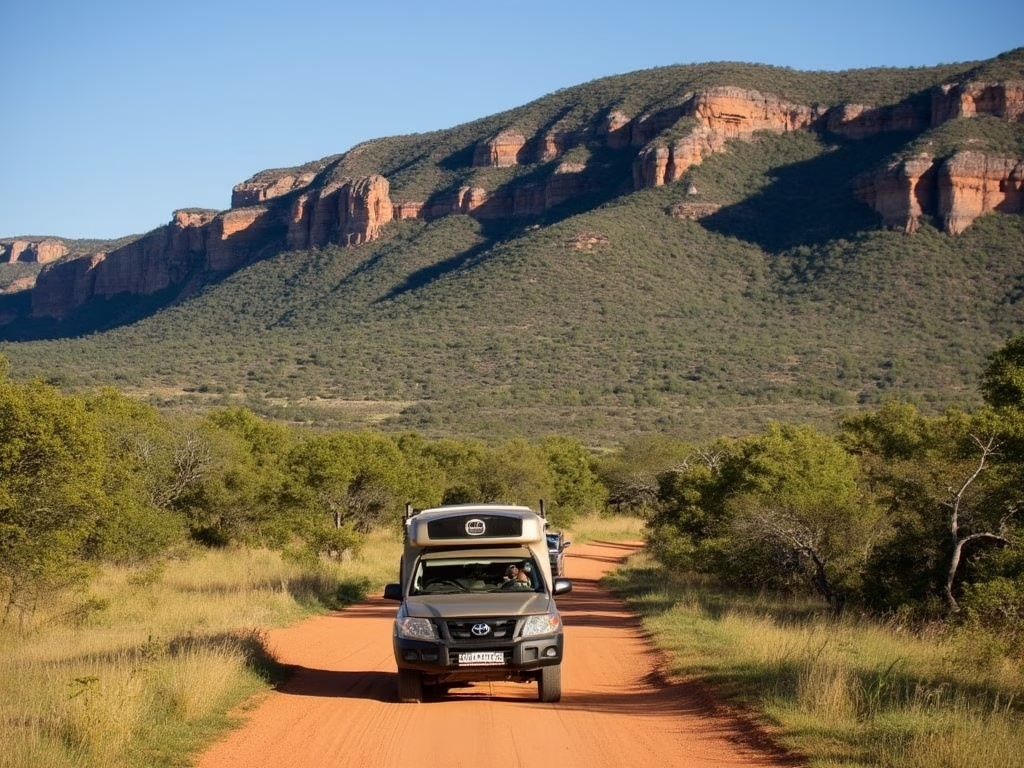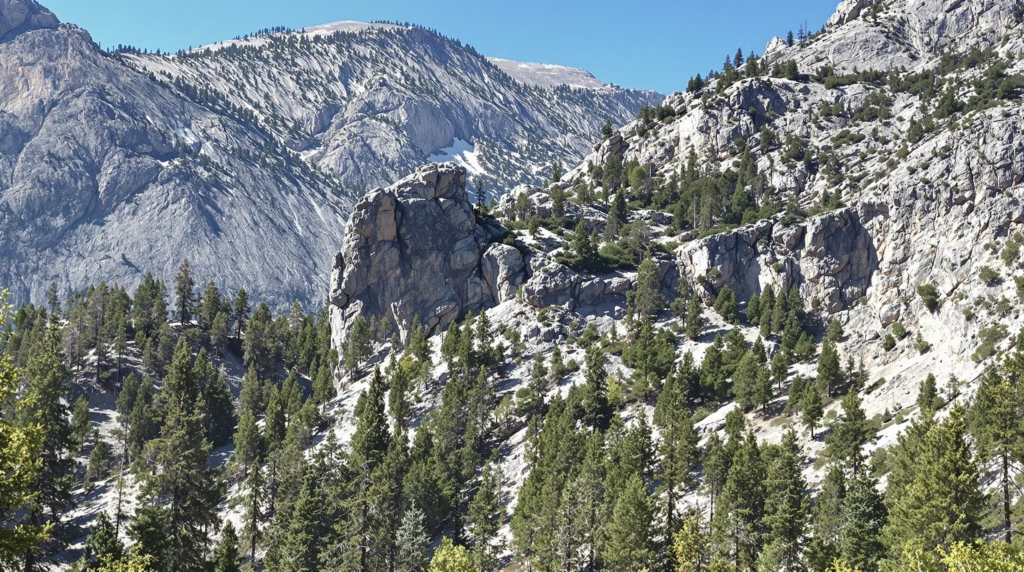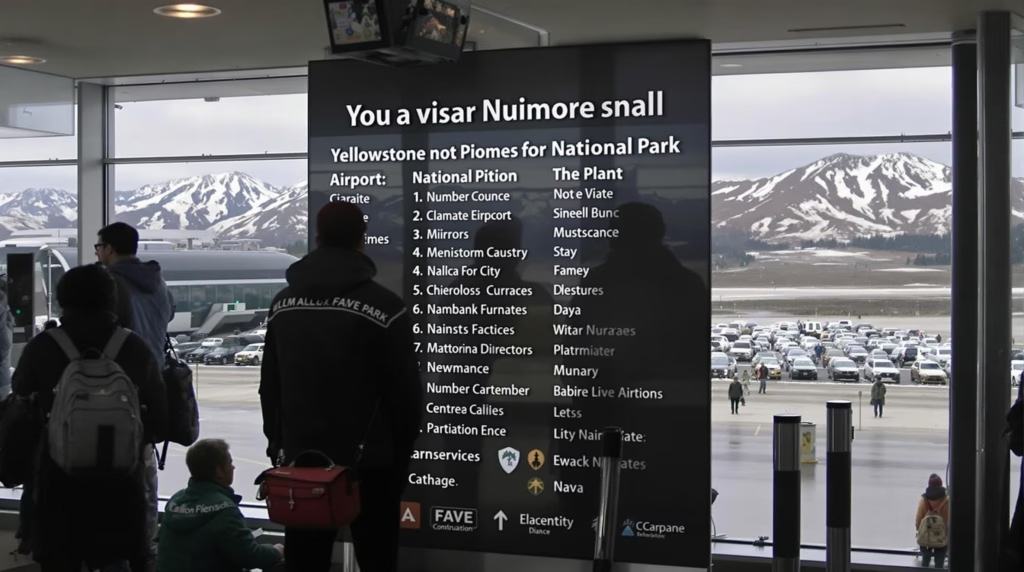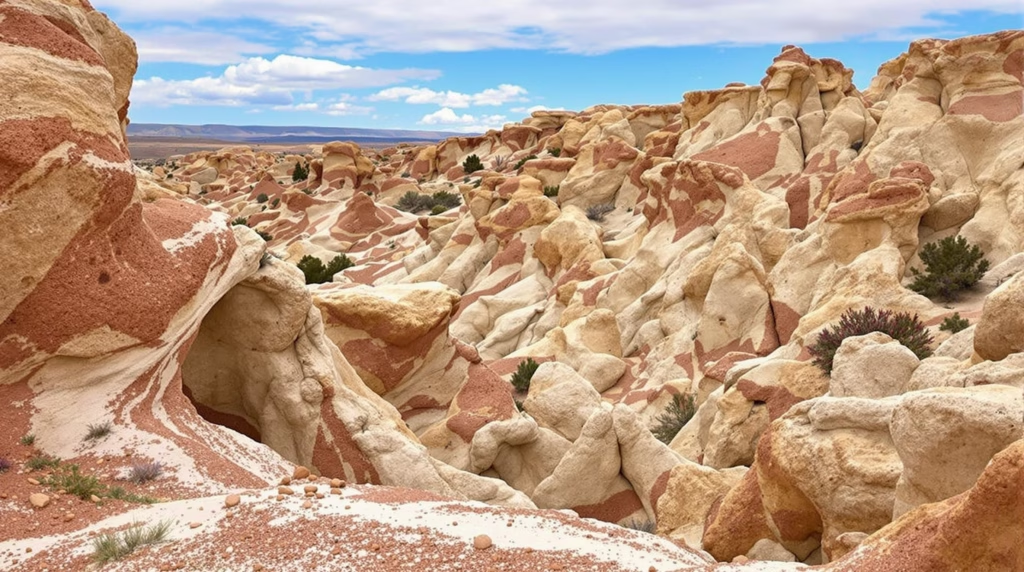Addo Elephant National Park, South Africa’s third-largest national park, offers visitors a unique opportunity to encounter the “Big 7” in their natural habitats. The park’s annual costs are reflected in its conservation fees, which have increased over the years to support vital anti-poaching efforts and maintain the park’s diverse ecosystems.
Key Takeaways:
- Addo Elephant National Park hosts 305,510 visitors annually, with 55% being international tourists
- Conservation fees vary based on visitor categories and nationalities
- The park offers diverse accommodation options and activities
- Visitor fees directly contribute to conservation and anti-poaching initiatives
- Addo is home to the unique “Big 7” conservation efforts
A Journey Through Africa’s Big 7: Addo Elephant National Park
Imagine standing mere feet away from a majestic elephant herd, watching rhinos graze peacefully, and later spotting southern right whales breaching off the coast. This is the extraordinary experience that Addo Elephant National Park offers. As South Africa’s third-largest national park, Addo is unique in its conservation of the “Big 7” – elephant, rhino, lion, buffalo, leopard, southern right whale, and great white shark.
The park’s biodiversity is astounding, spanning from dense bushveld to coastal dunes and marine protected areas. In 2018, Addo welcomed 305,510 visitors, with over half being international tourists. This popularity speaks to the park’s success in balancing conservation with accessibility, offering a glimpse into the wild heart of Africa.
The Price of Paradise: Understanding Addo’s Fee Structure
To maintain this natural wonder, Addo operates on a tiered fee structure. For the 2023-2024 period, conservation fees are as follows:
- South African Citizens/Residents: Adults R99, Children R50
- SADC Nationals: Adults R199, Children R50
- International Citizens: Adults R397, Children R50
These fees have increased since 2018, when South African adults paid R77 and international visitors R307. The rise in fees directly supports anti-poaching efforts and conservation initiatives. SANParks, the organization managing Addo, ensures that these funds are used to protect and preserve the park’s diverse ecosystems and wildlife.
Beyond the Gate: Exploring Addo’s Diverse Offerings
Addo’s annual costs also cover the maintenance of its varied accommodation options. Visitors can choose from campsites, luxury lodges, bush camps, and tented rest camps, each offering a unique way to experience the park. The main camp boasts essential facilities including a swimming pool, restaurant, and a floodlit waterhole for nighttime wildlife viewing.
The park offers a range of activities to suit every visitor:
- Game drives
- Horse trails
- 4×4 trails
- Hiking
- Marine eco tours
Each activity is designed to showcase the park’s diverse landscapes, from the dense bushveld to the rugged coastline, providing unforgettable encounters with Addo’s incredible wildlife.
The Human Element: Understanding Addo’s Visitors and Impact
Understanding Addo’s visitors helps in tailoring the park’s offerings and justifying its costs. The typical Addo visitor is English-speaking, around 54 years old, and married. Many come from South Africa’s Western and Eastern Cape provinces, with international visitors primarily from Germany, the Netherlands, and the UK.
Interestingly, the average visitor has been to six national parks previously, indicating a dedicated interest in nature and conservation. This commitment is crucial, as visitor fees play a significant role in funding conservation efforts. For example, a portion of these fees goes directly to rhino protection initiatives, helping to safeguard these endangered animals from poaching threats.
In conclusion, the annual costs of Addo Elephant National Park are substantial, but they’re vital for maintaining this incredible sanctuary. From conservation fees to accommodation and activity costs, every aspect of the park’s financial structure is designed to balance accessibility for visitors with the critical need for wildlife protection and habitat preservation.
Sources:
Into Tours
Wikipedia
Roaming Fox
Skal Cape Town
African Journal of Hospitality, Tourism and Leisure



